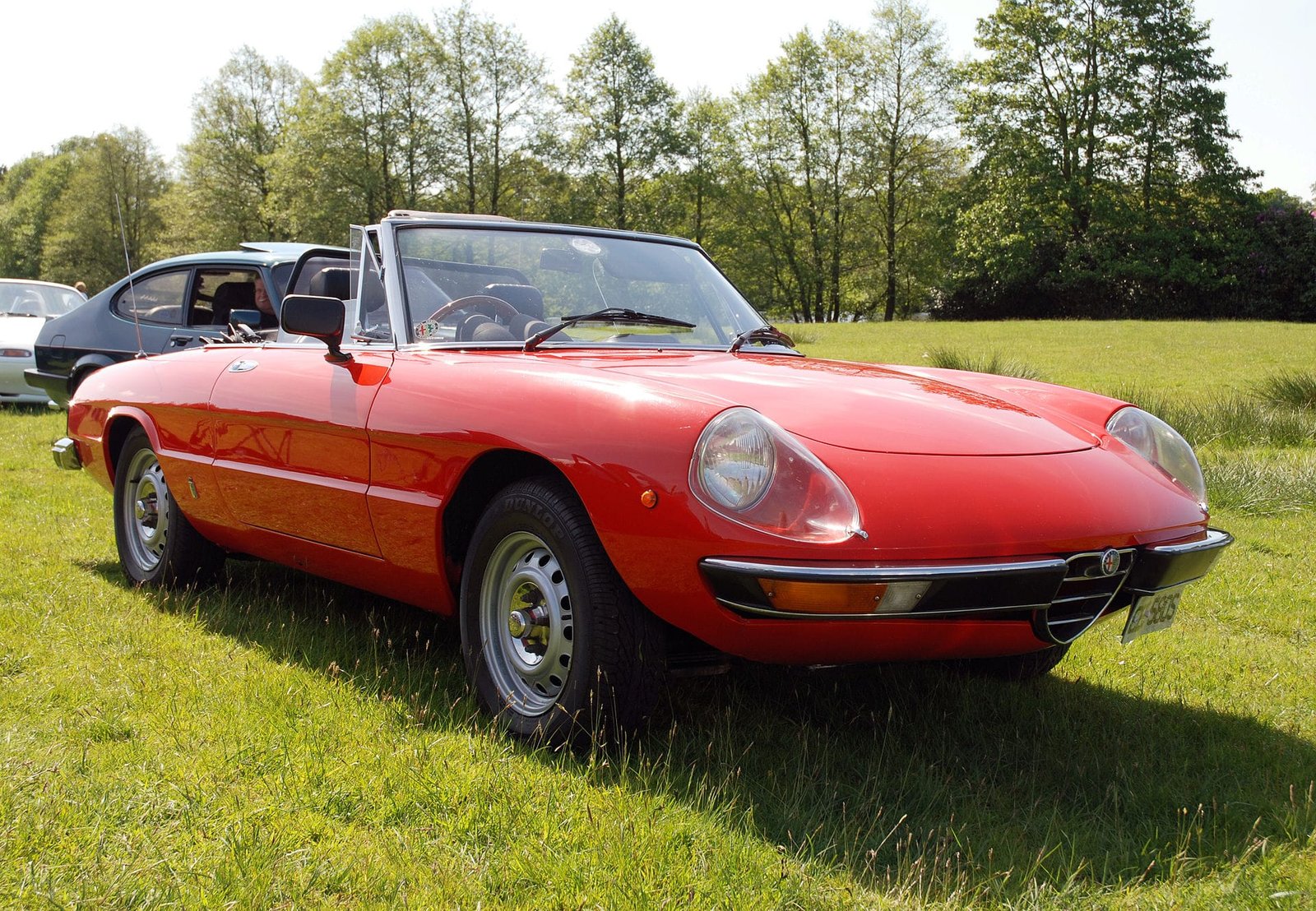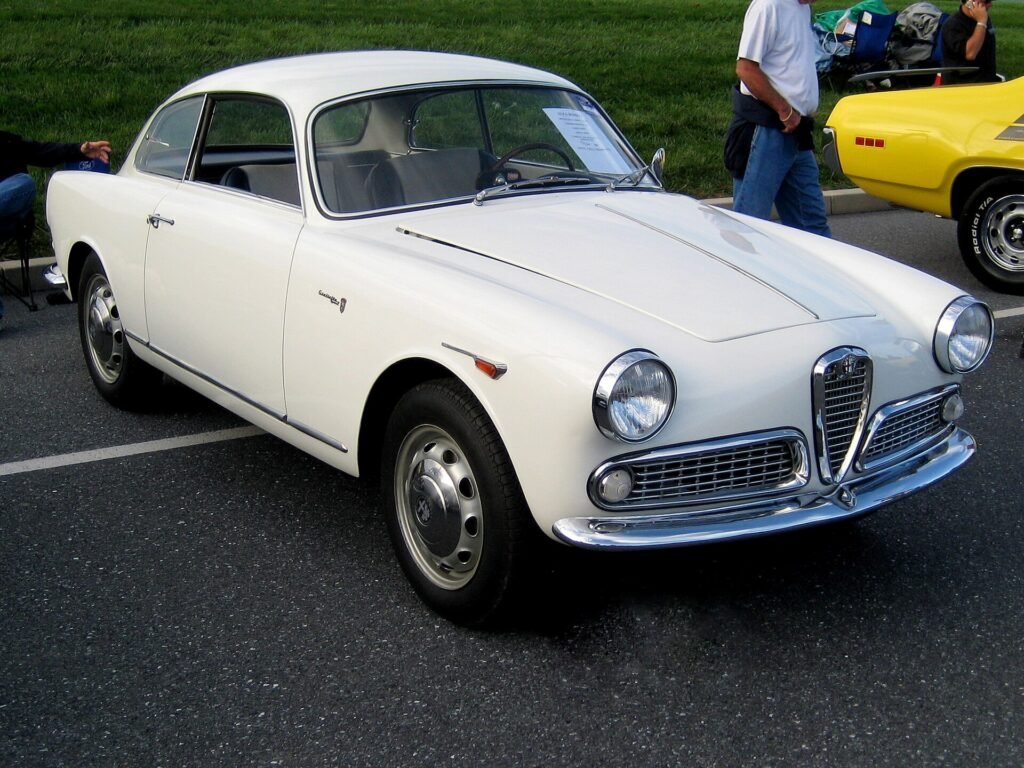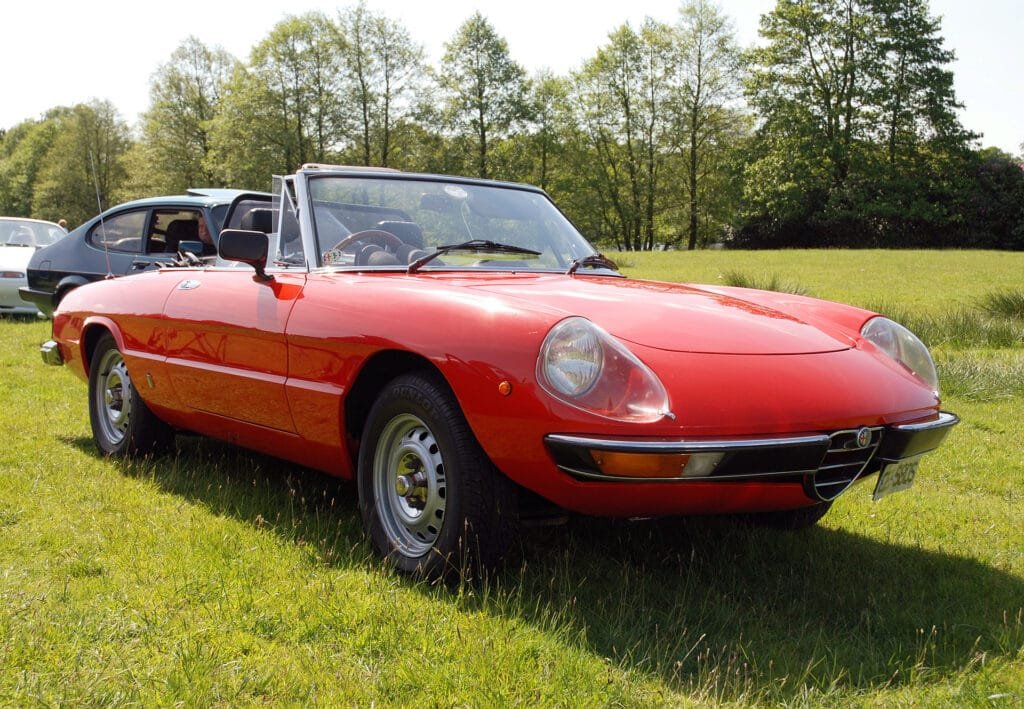

Alfa Romeo. The name itself evokes images of passion, performance, and undeniably Italian style. For over a century, the Milanese automaker has crafted vehicles that stir the soul, captivating drivers with their exhilarating performance and breathtaking aesthetics. While Alfa Romeo’s engineering prowess is undeniable, much of its visual allure stems from a long and fruitful collaboration with some of the world’s most renowned design houses. Among these, one name stands out: Pininfarina.
This blog post delves into the rich history of Alfa Romeo’s design, paying particular homage to the masterpieces born from the collaboration with Pininfarina. We’ll explore the key models, stylistic trends, and design philosophies that have shaped Alfa Romeo’s iconic image, celebrating the enduring legacy of this remarkable partnership.
The story begins with Battista “Pinin” Farina, a visionary Italian coachbuilder who founded Carrozzeria Pininfarina in 1930. Farina’s talent for shaping metal into works of art quickly garnered attention, and it wasn’t long before Alfa Romeo took notice.
The early years of the 20th century saw a flourishing of Italian carrozzeria, or coachbuilders, each vying to create the most elegant and innovative designs. Alfa Romeo, with its focus on performance and sporting heritage, sought partners who could translate its engineering excellence into equally compelling visual forms. Pininfarina proved to be the perfect match.
While Pininfarina’s most celebrated work for Alfa Romeo came later, the foundation was laid in the pre- and post-World War II eras. These early collaborations showcased Pininfarina’s ability to blend elegance with sporting character, a hallmark that would define their future work together.
Although specific models from this early period might not be as widely recognized as later icons, they were crucial in establishing the design language that would come to define Alfa Romeo. These cars featured flowing lines, balanced proportions, and a distinct Italian flair that set them apart from their contemporaries.
The 1950s and 1960s are often considered the golden age of grand touring automobiles, and Alfa Romeo, with the help of Pininfarina, was at the forefront of this movement. This era produced some of the most beautiful and iconic cars ever conceived.


These models, among others, solidified the partnership between Alfa Romeo and Pininfarina, demonstrating their shared commitment to creating cars that were as beautiful as they were exhilarating to drive.
As the automotive industry entered the 1970s and 1980s, aerodynamic efficiency became increasingly important. Pininfarina rose to the challenge, incorporating wind-tunnel testing and innovative design techniques to create cars that were both stylish and aerodynamically sound.
While this era might not be as universally celebrated as the previous one in terms of pure aesthetics, it was crucial in pushing the boundaries of automotive design. Pininfarina’s work during this period demonstrated its ability to adapt to changing trends and technological advancements, while still maintaining Alfa Romeo’s distinctive character.
The late 20th and early 21st centuries saw Alfa Romeo facing various challenges, but the brand’s commitment to design excellence remained unwavering. Pininfarina continued to contribute to Alfa Romeo’s lineup, creating modern interpretations of classic themes and pushing the brand forward into the future.
While the collaboration might not be as prolific as in previous decades, the legacy of Pininfarina’s influence on Alfa Romeo’s design DNA is undeniable. The brand continues to draw inspiration from its rich history, creating cars that are both beautiful and performance-oriented.
Pininfarina’s contribution to Alfa Romeo’s design legacy is immeasurable. The design house has helped shape the brand’s image, creating some of the most beautiful and iconic cars in automotive history.
Pininfarina’s key contributions include:
The collaboration between Alfa Romeo and Pininfarina is a testament to the power of partnership and the enduring appeal of Italian design. Together, they have created a legacy of automotive masterpieces that continue to inspire and captivate enthusiasts around the world.
From the elegant Giulietta Spider to the iconic Duetto, Pininfarina’s designs have helped define Alfa Romeo’s image, creating cars that are not just modes of transportation but works of art. This enduring legacy is a testament to the talent, vision, and passion of the designers and engineers who have contributed to this remarkable story.
One Response
Excellent topic